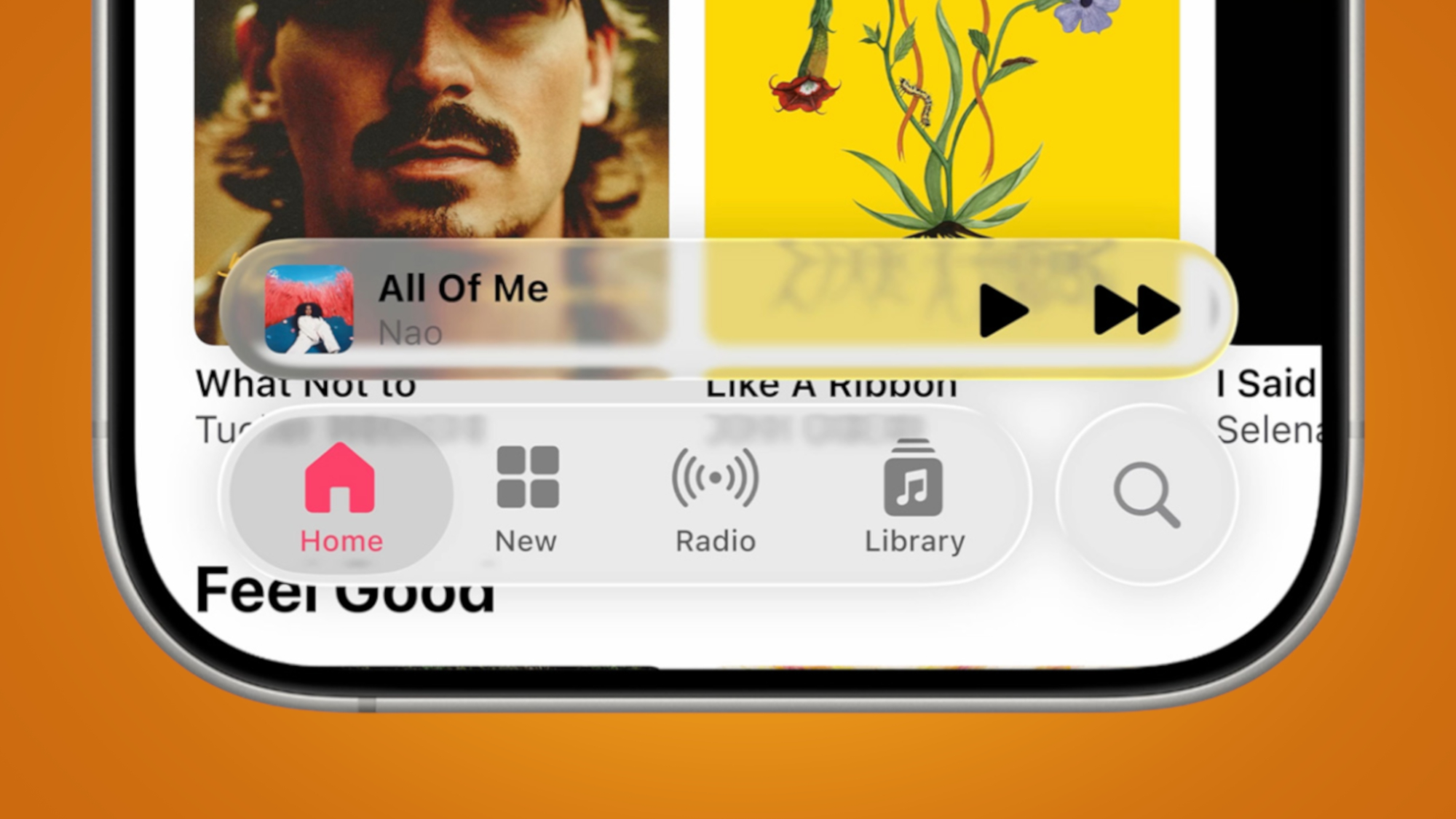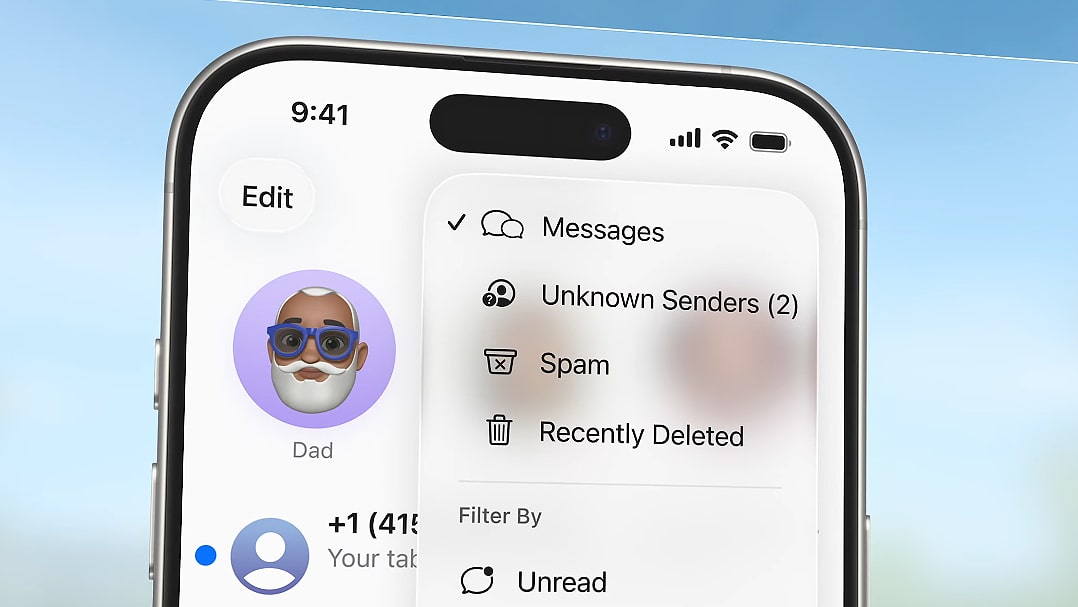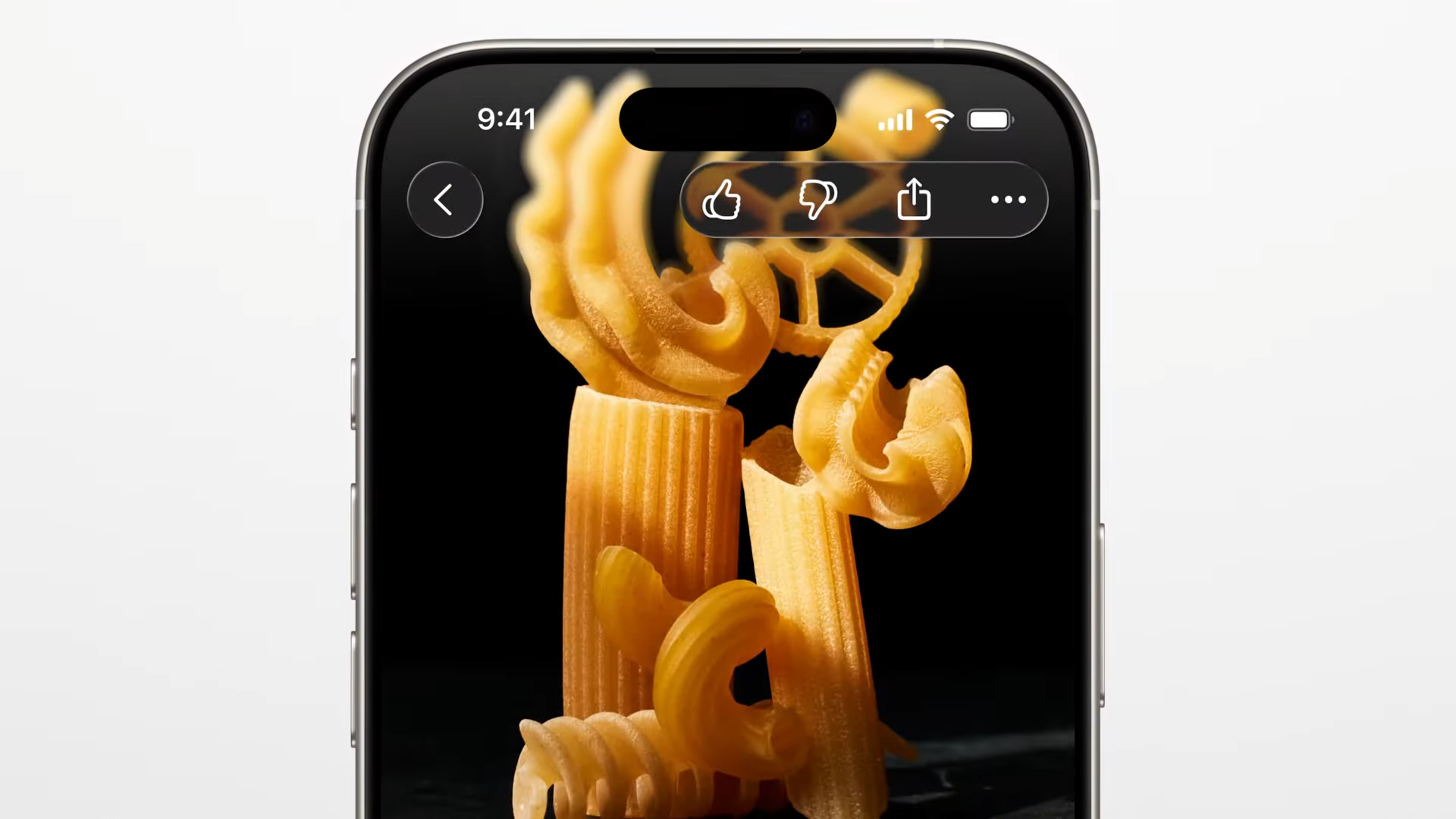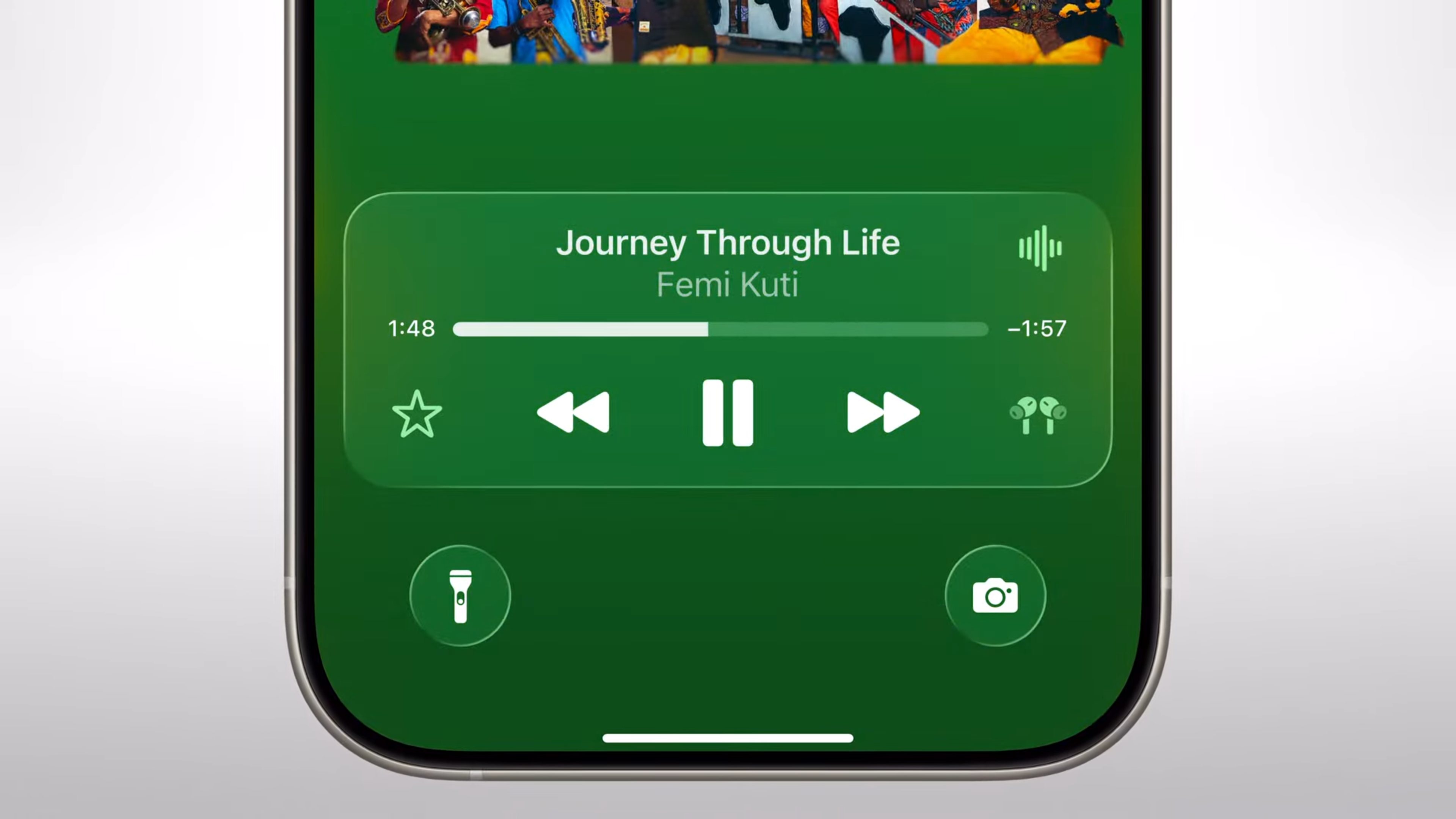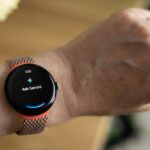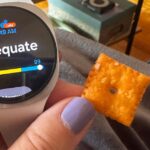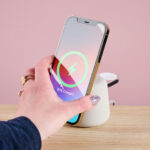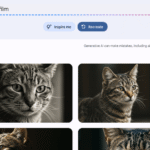The ‘thieving magpie’ myth has long since been debunked, but scientists have yet to disprove the notion that humans are inherently attracted to shiny things.
Apple knows this all too well – we’ve been lapping up its design-focused hardware and software for more than five decades – and while the company is undoubtedly falling behind in the Big AI Race, I’ll be damned if I’m not excited about its latest shiny new thing: Liquid Glass.
Unveiled at WWDC 2025, Apple says Liquid Glass is a “new translucent material” that refracts light and dynamically reacts to user movements in iOS 26. It’s not, however, a ‘material’ in the physical sense. In more grounded terms, it’s a new visual style designed to mimic the optical qualities of frosted glass. It’ll apply to the iPhone’s suite of menus, controls, widgets, and app icons – and I hate myself for feeling genuinely excited about it.
After 12 months of disappointing Apple Intelligence feature rollouts (Siri 2.0 is still nowhere to be seen), Liquid Glass is something of a smoke-and-mirrors act from Apple – as if the company is saying, “Look what we can still do!”.
But I’d be lying if I said I wasn’t intrigued by this new see-through, shape-shifting take on iOS, which marks the biggest iPhone software overhaul since iOS 7.
Liquid Glass is, Apple says, inspired by its visionOS software, and will eventually make its way into all of the company’s operating systems, from macOS and iPadOS to watchOS and tvOS.
The idea is to facilitate a more unified experience across Apple’s product ecosystems, where currently, each software package remains relatively distinct (some UI elements are, of course, shared across the board, but tvOS, for instance, is visually different from iOS).
The move away from blockier shapes and colors in iOS 26 will supposedly “bring greater focus to content and deliver a new level of vitality” to the iPhone experience, and judging by the demos we’ve seen, Liquid Glass will deliver on at least one of those promises.
@techradar
♬ Ok I Like It – Milky Chance
We can debate whether see-through UI elements are a benefit or hindrance to readability until the cows come home (for the record, a lot of the worrying Liquid Glass images swirling around on social media right now are rage-baiting fakes), but there’s no denying that Apple’s latest design feature is a marvel of digital engineering.
Its designed to behave like glass in the real world, bending and shaping ‘light’ as it interacts with other UI elements, and while it’s easy to dismiss the whole thing as one big gimmick (it may yet be just that), I hope Liquid Glass genuinely does bring a new level of dynamism to the experience of navigating an iPhone.
From what I’ve seen so far, iOS 26 will be more bouncable, stretchable, and stackable than previous iterations of iPhone software, and while I’m not entirely sure that iOS needs to be any of those things, it’s hard not to get excited about the pure coolness of it all. Coolness is Apple’s bread and butter, and it’s good to see that the company can still fall back on great-looking software when things aren’t going so well elsewhere.
Let’s ignore those readability concerns for a second.Look at these satisfying Liquid Glass animations & visual effects on iOS 26. pic.twitter.com/XsVKzxqWqEJune 9, 2025
Will Liquid Glass ultimately prove to be a rare example of the iPhone giant prioritizing form over function? Maybe. But I trust Apple to get it right – even if it’s spent the last 12 months letting me down.
If you’re keen to take iOS 26 for an early spin, check out our guide on how to download the iOS 26 developer beta. And for a deeper look at Apple’s latest software package, check out our roundup of the five biggest iOS 26 features coming to your iPhone.
Read the full article here





